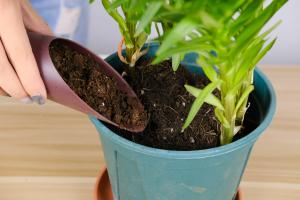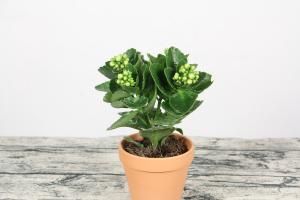Where Can Fig Trees be Planted?
Figs are one of the oldest fruits known to man and have been cultivated for thousands of years. They are not only delicious but also very nutritious – rich in minerals, vitamins, and fibers. Fig trees are woody perennials and can be grown in many different climates around the world. However, to grow a healthy fig tree, it is important to choose the right location and environment. In this article, we will discuss where fig trees can be planted and how to care for them to ensure a bountiful harvest.
Getting to Know the Fig Tree
The fig tree bears a unique fruit that is actually a thickened stem with many small flowers inside. The fruit is soft, sweet, and comes in a variety of colors from green to purple to brown. Fig trees can grow up to 50 feet tall, but they are often kept to a more manageable size by pruning. They can be grown in various soil types but prefer well-drained, fertile soil. Don't plant them in low-lying areas where water might accumulate, as they can develop root rot. Figs also thrive in full sun but can also grow in partial shade.
Planting Fig Trees in Warm Climates
Fig trees are native to the Mediterranean region, where the climate is warm and arid. They are well adapted to grow in such conditions, so if you live in a similar climate, your fig trees will thrive. In general, figs grow well in USDA hardiness zones 8-11, where temperatures do not drop below 20°F. They do not tolerate frost, and prolonged exposure to temperatures below 10°F can kill the tree. In these zones, figs can be planted as soon as the danger of frost has passed, usually in early spring.
Planting Fig Trees in Cool Climates
If you live in a cooler climate, you can still grow fig trees. However, you need to select the right cultivar and provide extra protection during winter. Hardy varieties such as Brown Turkey, Chicago, and Celeste can withstand temperatures as low as 0°F, making them suitable for USDA hardiness zones 6-7. If you live in a colder zone, you can still grow fig trees in containers and move them indoors during winter. Just make sure to place them in a sunny window and water them regularly. You can also wrap the pots with insulation to prevent the soil from freezing.
Caring for your Fig Trees
To grow healthy fig trees, you need to provide them with proper care. First, make sure to water them regularly, especially during dry spells. Figs need about 1-2 inches of water per week, and they prefer deep, infrequent watering rather than frequent shallow watering. They also need fertilizer, which can be applied every two months during the growing season. Fig trees can be pruned in late winter or early spring to remove dead or diseased wood, increase air circulation, and control the size and shape of the tree. Finally, keep an eye out for pests and diseases such as fig rust, fig mosaic virus, or fig beetles, and take appropriate measures to control them.
Conclusion
In conclusion, fig trees can be planted in many different climates, from warm to cool. They are adaptable to various soil types but prefer well-drained, fertile soil. Fig trees need regular watering, fertilizing, and pruning to grow healthy and productive. If you live in a cooler climate, you can still grow fig trees by choosing the right cultivar and providing extra winter protection. With proper care, your fig trees will reward you with delicious and nutritious fruit for many years to come.

 how many times do yo...
how many times do yo... how many planted tre...
how many planted tre... how many pine trees ...
how many pine trees ... how many pecan trees...
how many pecan trees... how many plants comp...
how many plants comp... how many plants can ...
how many plants can ... how many plants and ...
how many plants and ... how many pepper plan...
how many pepper plan...





























